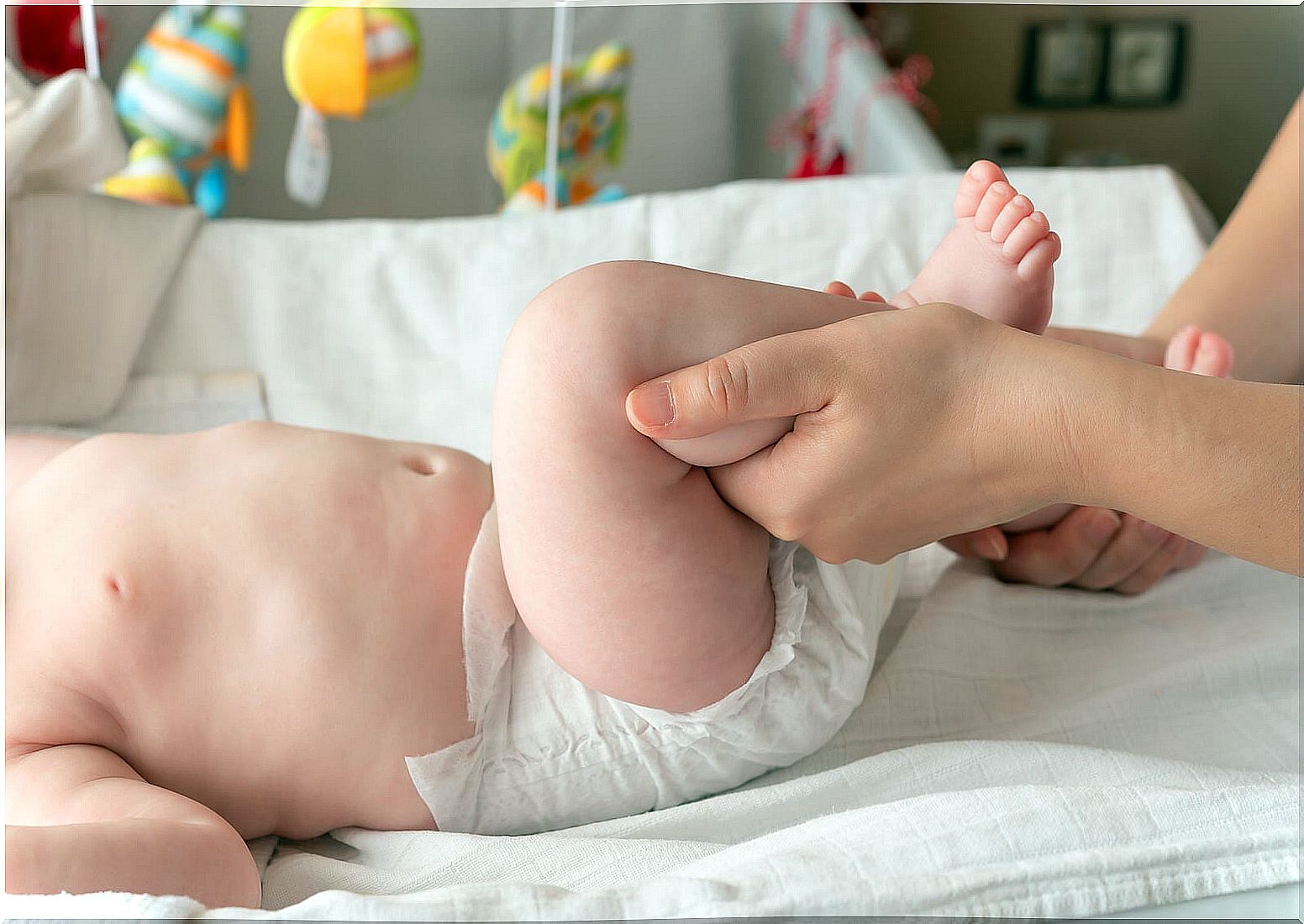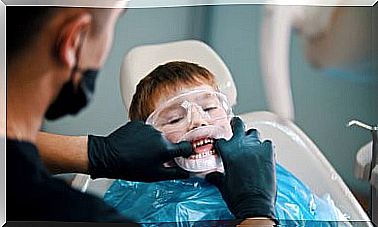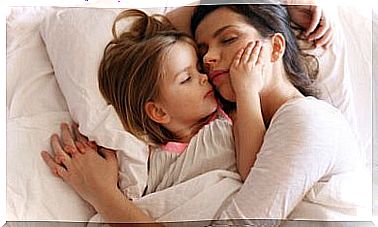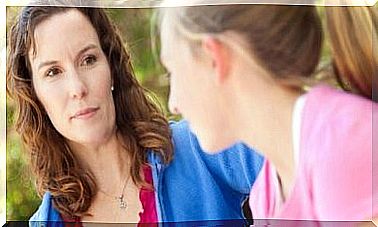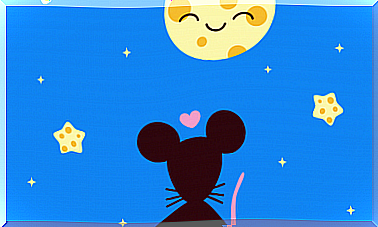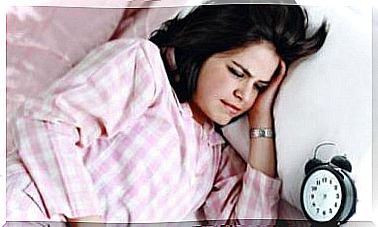The Newborn’s Bath After The Cord Falls Off

The newborn’s bath is one of the most anticipated moments for parents. In addition, it is pleasant and relaxing for the baby and strengthens the bond between the two. The goal of the baby’s first bath is to provide hydration to the stratum corneum of the newborn’s skin to maintain its integrity, barrier function property, and body temperature.
When to take the newborn’s first bath?
The World Health Organization (WHO) recommends that newborns should not be given a bath in the first 24 hours, but rather wait until their vital signs stabilize.
If this is not possible due to cultural reasons, bathing should be postponed for at least 6 hours after birth. There are various positions on whether to bathe the baby until the umbilical cord falls off or which bathing method is preferred.
The American Academy of Pediatrics concluded that a tub bath performed before the umbilical cord detachment can leave it damp and predispose to developing an infection and delaying the fall. Therefore, a sponge bath is recommended until the umbilical cord is detached.
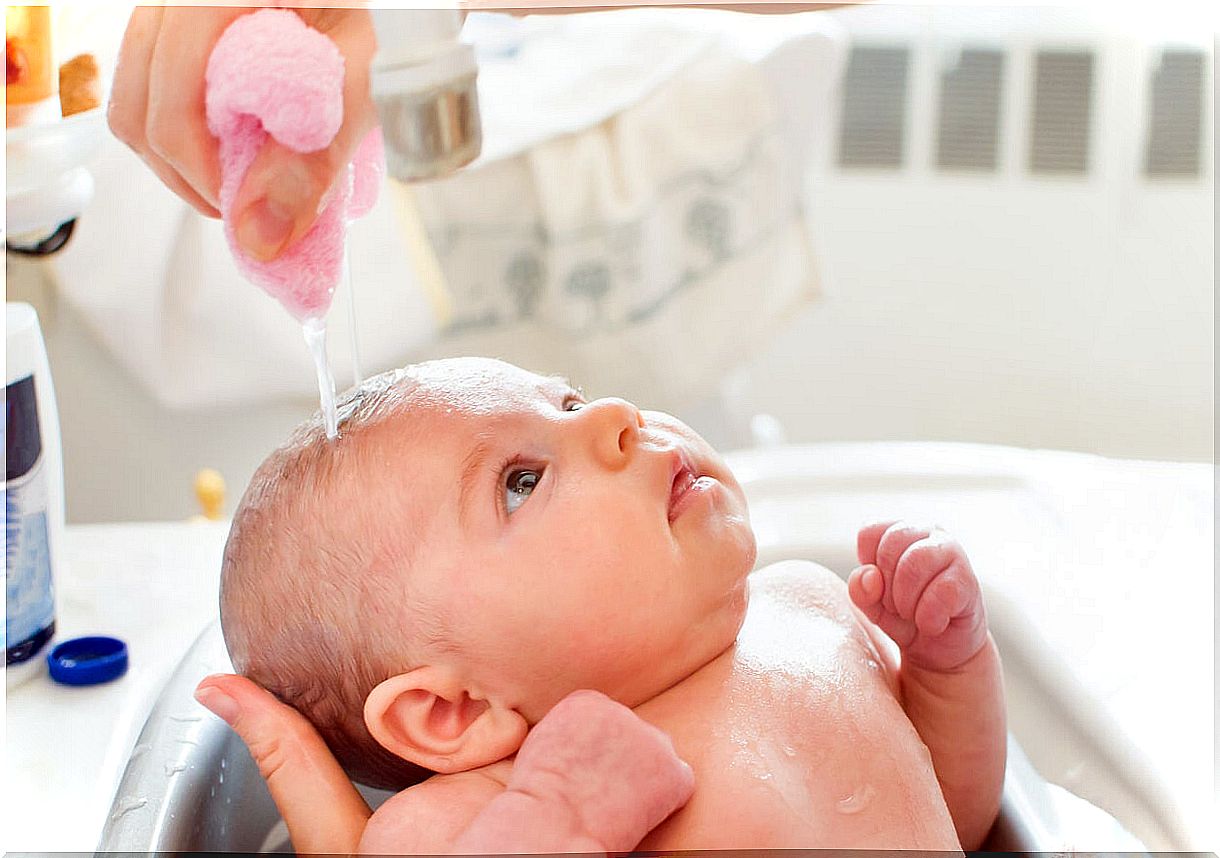
Umbilical cord fall
The umbilical cord is highly susceptible to bacterial colonization and can function as a gateway for bacteria into the systemic circulation. The World Health Organization recommends dry cord care as the method of choice.
The umbilical cord should be kept uncovered and exposed to the air or, if covered, with a clean clothing item. In this sense, the most favorable time for the care of the umbilical cord in babies is bath time.
In addition, in those cases in which it is contaminated with feces or urine, it should be washed with sterile water and soap and then dried. The umbilical cord usually falls off naturally between 10-14 days after birth.
Advice for bathing the newborn after the fall of the cord
Once the navel is no longer draining or bleeding and the chances of developing an infection are reduced, an immersion bath can be performed.
Hypoallergenic products
The products used must be selected carefully, because the newborn’s skin is more sensitive and delicate compared to that of the adult. Its natural protective layer has not yet fully developed.
Shampoos or soaps must be neutral and free from fragrances or alcohol; You can even skip the use of these products and bathe the newborn with just water.
Proper water temperature
The bathwater should not be not cold or hot, but rather 35 ° C. To confirm this, you can use a thermometer or, if you don’t have one, put your hand in the water or your elbow. Before filling the bathtub with water, it is recommended to clean it to avoid contaminants.
Room temperature
The temperature of the bathroom or of the environment in which the bath is carried out is another point that must be considered. In fact, the room temperature should be 22 ° C to 25 ° C and doors or windows should be closed to prevent drafts. Humidifiers are an excellent option to generate a more consistent and warm environment.
Bathroom safety
Before starting with the newborn’s bath, you should have everything that you will need, prepared at your fingertips. It goes without saying that the baby should not be left alone at any time. The first weeks it is recommended not to bathe him in large bathtubs, as it can be dangerous.
The newborn should be held safely and hygiene movements performed gently and delicately, without generating friction. It is recommended that whoever bathes it removes all accessories that are on their hands or forearms, that is, rings or bracelets. This will avoid any friction or injury of them with the baby’s skin.
Newborn drying
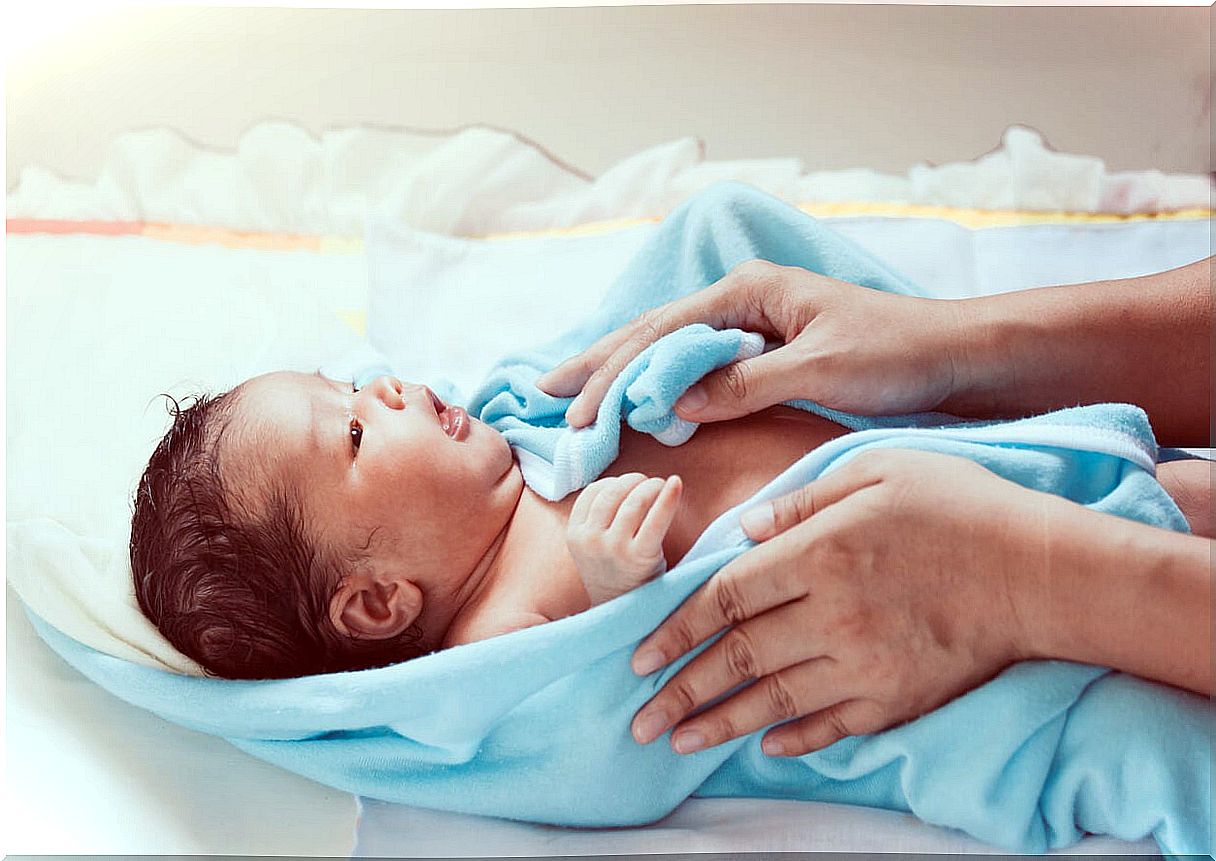
After the bath, which should not last more than 10 minutes, the baby should be dried with a cotton towel. The movements will always be smooth, without making too much friction.
Care should be taken to properly dry the folds such as the neck, armpits or groin, to prevent pathologies from being generated by moisture.
The newborn’s first bath after the cord falls
Babies do not need to be bathed every day. In fact, a warm washcloth can help keep you clean between baths. The newborn’s bath is a unique and special time to strengthen the bond between the parents and the baby, and it is a relaxing experience for the newborn.
